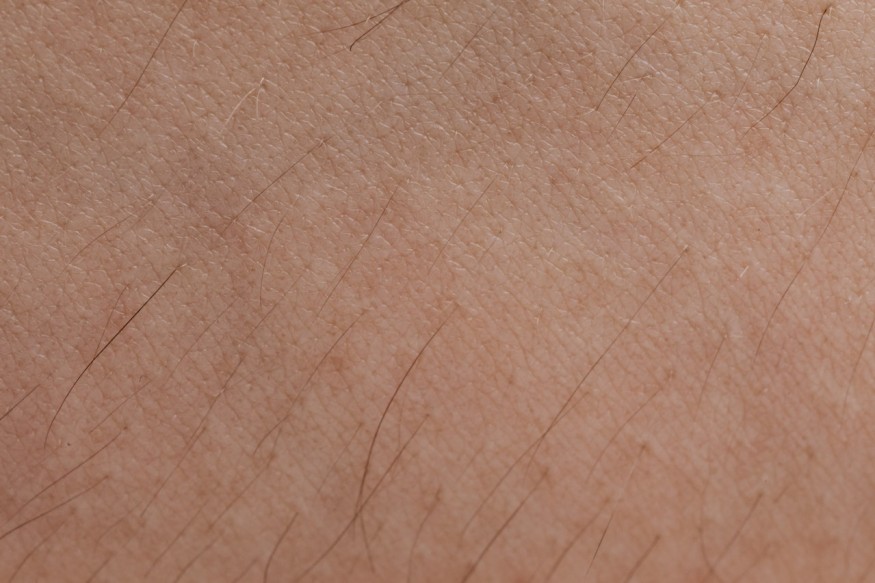Doctors were able to snap a picture of a 27-year-old man who was dealing with an extremely rare elastic skin syndrome that led to many visible skin folds on his torso.

'Elastic' Skin Syndrome
PSEUDOXANTHOMA ELASTICUM–LIKE SYNDROME A 27-year-old man was referred to the hematology clinic for evaluation of... Posted by Lê Đức Thọ on Saturday, March 4, 2023
According to Newsweek, the patient was observed to have numerous skin folds across his torso. The image was published in the New England Journal of Medicine.
The patient is from Oman and he was diagnosed with a disorder that is strikingly similar to the hereditary condition known as Pseudoxanthoma elasticum (PXE). The condition affects certain connective tissues across the body.
Pseudoxanthoma Elasticum
According to MedlinePlus, PXE is a progressive condition that is marked by the buildup of calcium deposits and other minerals within elastic fibers. These elastic fibers serve as parts of connective tissues that offer flexibility and strength to structures within the body.
Mineralization in PXE impacts the elastic fibers in the blood vessels, eyes, and skin. It also less frequently affects other areas, like the digestive tract.
Individuals dealing with PXE could have papules, which are yellowish bumps, on their underarms, necks, and other skin areas that come into contact when a joint folds. These are typically the first signs of PXE.
They could also experience abnormalities within their eyes, including pigmented cell changes in the retina. Another abnormality within the eye, called angioid streaks, takes place when small breaks form in the tissue layer beneath the retina called Bruch's membrane. If scarring or bleeding of the retina takes place, vision loss could also happen.
Medscape reports that PXE's prognosis is greatly dependent on the extent of involvement of the extracutaneous organs. Typically, patients have a normal lifespan. However, myocardial infarction, acute GI hemorrhage, or cerebral hemorrhage could be dangerous or fatal.
MedlinePlus reports that the condition affects one in 50,000 individuals on a global scale. Though the reasons are not known, the condition also has a higher prevalence among females compared to males. In fact, the diagnosis is made twice as often in females compared to males. Given its estimates, the condition is considered a rare disease.
Skin Condition That Mirrors PXE
According to Newsweek, PXE's classic presentation is due to genetic mutations of the ABCC6 gene, which offers direction for the protein production of MRP6.
However, medical documents also record patient cases that do not have ABCC6 mutations yet appear to have signs and symptoms similar to those of PXE. This was the case for the 27-year-old man from Oman.
Because of possible PXE concerns, the patient went through genetic testing. During his physical examination, the doctors observed elastic skin folds on his abdomen, arms, and armpits.
Upon conducting blood tests and molecular studies, the researchers did not find any evidence of the genetic mutations that preceded PXE. However, the findings show that the man could be dealing with an elastic skin syndrome that is similar to PXE.
In such a case, the 27-year-old man was not facing any danger. However, he needed to have follow-up visits in order to check if any eye or cardiovascular issues arose. Dr. Manish Kumar, who is one of the study authors, says that he has not observed such a condition in the past.
RELATED ARTICLE: 6 Skin Care Trends That Actually Work
Check out more news and information on Medicine and Health in Science Times.










